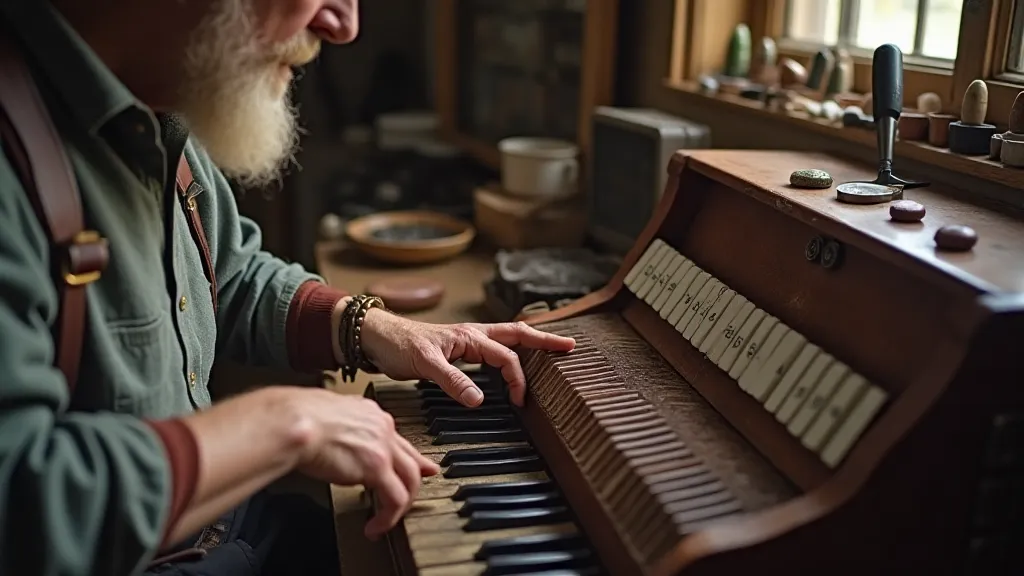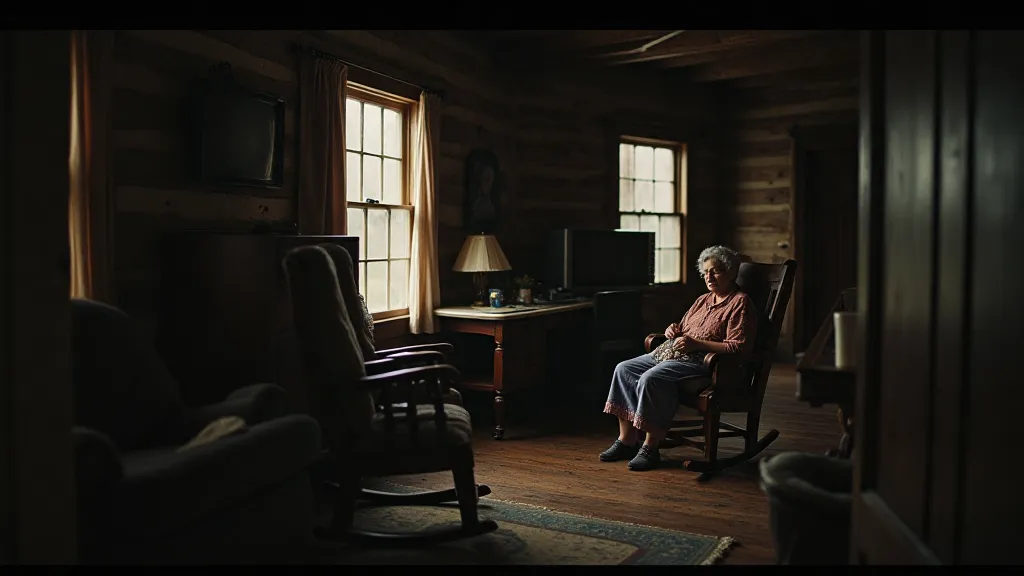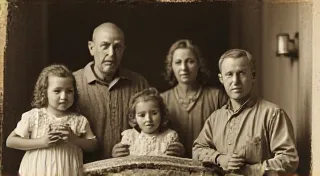Beyond 'Yes' and 'No': Appalachian Forms of Indirect Negation
The Appalachian Mountains—a landscape sculpted by time, hardship, and a vibrant, resilient culture—hold secrets in their folds. These aren’t secrets of lost gold or hidden caves, but subtler treasures: the nuances of language, the quiet poetry woven into everyday speech. For those unfamiliar with Appalachian dialects, a simple request like, "Are you going to the holler?" might elicit a bewildering response—something seemingly contradictory to a direct 'yes' or 'no.' This isn't confusion; it's the intricate dance of indirect negation, a linguistic strategy deeply rooted in Appalachian history and a profound understanding of communication.
My own introduction to this peculiarity came from my grandfather, Silas. A master accordion repairman, he lived a life intertwined with the rhythms of the mountains. The scent of leather, aged wood, and beeswax perpetually clung to him, a comforting aroma that signified dedication and a reverence for craftsmanship. He’s the one who first showed me an antique Hohner concertina, its bellows worn but still capable of producing a mournful, beautiful wail. He wasn't a man of many words, but when he spoke, his sentences were carefully considered. Asking him a question, especially one requiring a straightforward affirmation or denial, often resulted in something unexpected. “Will you help me fix this accordion?” I asked once, pointing to a particularly stubborn valve. His reply? “I might be a little tied up.” Not a 'no,' not a definitive 'yes,' but a carefully constructed evasion that left room for interpretation and, perhaps, a gentle redirection.

The Roots of Indirectness: Avoiding Confrontation and Preserving Harmony
This penchant for indirectness isn't simply a quirk; it’s a reflection of a culture that historically valued harmony and avoided direct confrontation. For generations, Appalachian communities were largely isolated, dependent on each other for survival. Open disagreement could disrupt that fragile interdependence, leading to feuds and animosity. Consequently, communication evolved to be more subtle, relying on implication and shared understanding. Saying “no” directly could be perceived as rude, dismissive, or even threatening, especially when addressing elders or those in positions of authority. "I might be a little tied up," "I reckon I could," or "Maybe later" served as polite ways to decline without causing offense.
The linguistic history is complex, with influences from Scots-Irish dialects brought over by early settlers, as well as contributions from German and English immigrants. The Scots-Irish, known for their laconic and often cryptic communication style, significantly shaped Appalachian speech patterns. The tendency to qualify statements, use hedges, and rely on understatement became ingrained in the culture. Moreover, the mountainous terrain itself contributed to the development of a unique linguistic identity. Isolated pockets of communities fostered the preservation of older speech forms, resistant to the homogenizing forces of broader English dialects.
Beyond 'Yes' and 'No': Common Forms of Indirect Negation
Let's explore some specific examples. Consider the phrase, “I might be able to.” It doesn't guarantee assistance; it simply expresses a possibility. It leaves room for a change of plans or an unforeseen obstacle. Similarly, “I reckon I could” is less definitive than a simple "yes." It suggests a willingness but doesn’t commit to action. Then there's the classic, “I don’t want to say no.” This is a particularly skillful maneuver, allowing one to avoid a direct refusal while hinting at a reluctance. And don’t forget phrases like, "It ain't likely," which is a clear indication of a negative response disguised within a qualifier.
The use of double negatives, while often criticized in standard English, is common in Appalachian dialects and often functions to negate the negation, effectively creating an affirmation. "I don't have no trouble" means "I have no trouble." The syntax can be challenging for those unfamiliar with the dialect, but for native speakers, it’s perfectly logical and expressive.
The tone of voice also plays a crucial role. A seemingly affirmative response delivered with a particular inflection can completely reverse its meaning. It's a skill honed over years of observation and subtle communication.

The Preservation of a Linguistic Heritage – and the Rewards of Understanding
The increasing influence of mainstream media and the migration of Appalachian people to other regions pose a threat to the preservation of these unique linguistic features. Younger generations are often exposed to standard English from a younger age, leading to a gradual erosion of the dialect. This is not necessarily a negative development, as adaptation and change are inherent in language evolution. However, it's crucial to recognize and appreciate the value of preserving this linguistic heritage.
Restoring antique accordions, like my grandfather did, is, in a way, mirroring the preservation of Appalachian culture. Each broken reed, each cracked bellows, tells a story of resilience, adaptation, and the enduring spirit of the mountains. My grandfather taught me that understanding the language isn't just about decoding words; it’s about understanding the people, their history, and their values.
Listening for the nuances, paying attention to the tone of voice, and understanding the cultural context—these are the keys to unlocking the subtle complexities of Appalachian communication. It’s a rewarding journey that offers a glimpse into a unique and vibrant culture, a culture that speaks volumes even when it says “I might be a little tied up.”
Beyond the practical skills of repairing instruments, my grandfather imbued in me a profound respect for the artistry – the meticulous attention to detail that characterized both his craft and the unspoken language of the mountains. He taught me that true understanding comes not from demanding direct answers, but from patiently observing, listening, and appreciating the intricate dance of human interaction.





